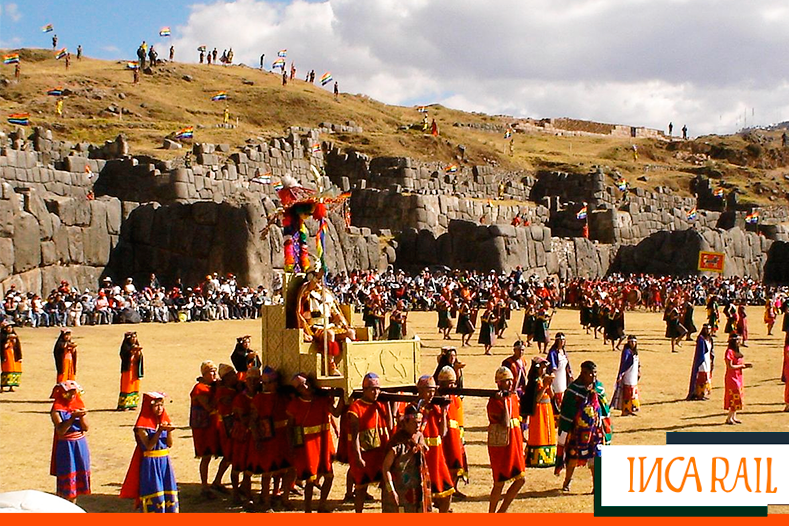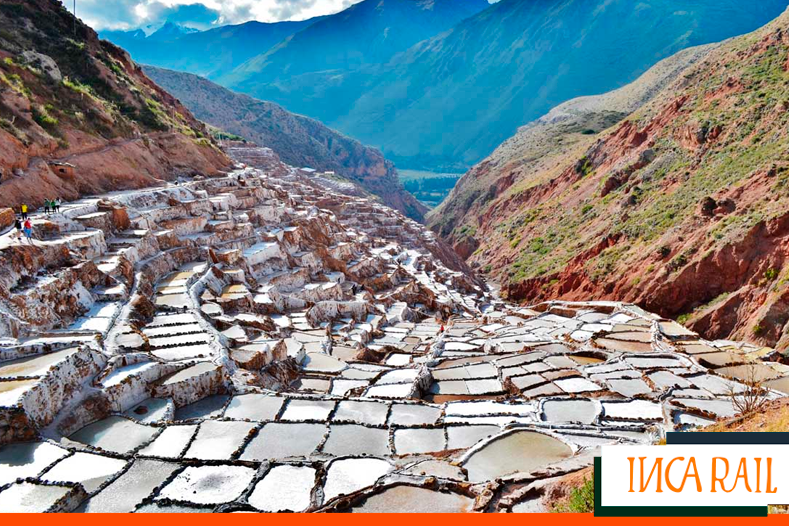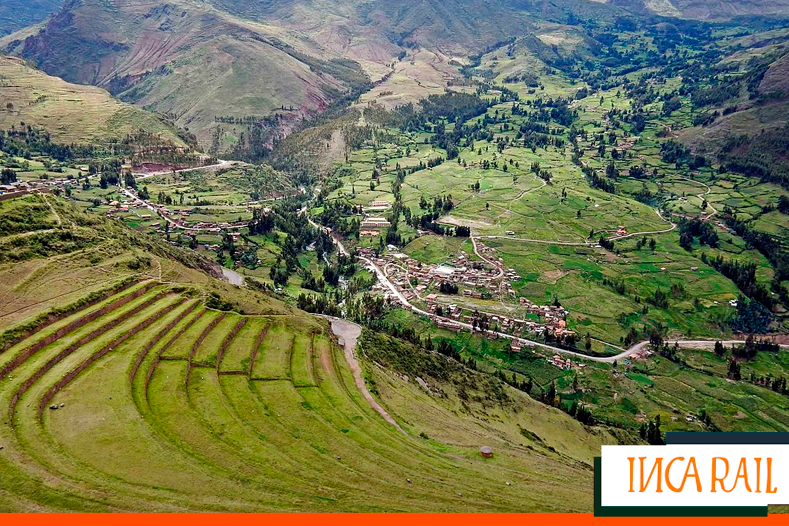The valley that surrounds the city of Cusco was an important place for the Incas. From the imperial city to Machu Picchu, the Sacred Valley of the Incas is full of ancient constructions that this South American civilization built for various purposes and that today are visited by hundreds of tourists each day. In this post we will tell you everything you need to know about the Sacred Valley of the Incas, so you can make the most out of your trip!
If you want to visit the Sacred Valley, the first thing we recommend you to do is buy the Cusco Tourist Ticket, which gives you access to various attractions around the city and the Sacred Valley. In addition, we recommend you to hire a tour that will take you to each of the main points where a guide will tell you all the history and curiosities of these archaeological sites.
Day 1: Sacsayhuaman, Qenqo, PukaPukara, Tambomachay, Tipon, Piquillacta and Chinchero
You should start the route in the fortress of Sacsayhuaman, which is located just two kilometers from Cusco, and it was one of the most important sacred places for the Incas.
Although it is not known with certainty what was its function, some people say that it was a temple of sun worship or a training place for warriors.
Nowadays, this archaeological site is the main scenario of the Inti Raymi, a festival that takes place every June 24th and that recreates the rituals that the Incas did to welcome the winter solstice.
In Sacsayhuaman you will begin to understand the magnitude of the Inca´s architecture, feel the energy of the big rocks and have fun in the stone slides.

After visiting Sacsayhuaman, it’s time to go to Qenqo, a small structure that was used as a communication center with the gods. When you get to this place, you can not miss the semicircular construction that worked as temple, the astronomical observatory and the sacrificial room.
But the Incas not only dedicated their days to religious cults, they were also for invasions, so they had strategic areas where they built enclosures with military functions such as Puka Pukara or Puca Pucara. In this interesting place you can still observe where the square, the bathrooms, the aqueducts and the canals were.
However, if there is a place where you can truly appreciate the great capacity of the Incas for hydraulic engineering, you have to go to Tipon and Tambomachay. Its different sources show the accuracy with which this civilization built its buildings and the knowledge they had in the use of irrigation canals.

Although many people do not know it, the Sacred Valley not only has Inca constructions, but there are also vestiges of the passage of Wari culture in the Piquillacta archaeological complex, where you will see that they also had a deep knowledge of architecture.
To finish the day, we recommend you going to Chinchero, a district well known for its artisans, who create real works of art with materials such as alpaca wool.
Schedule: all the sites are open from Monday to Sunday from 7:00 a. m. to 5:30 – 6: 00 p. m.
Admission: included in the Cusco tourist ticket.
Day 2: Moray and Maras
To get to the archaeological complex of Moray and the Maras Salt Mine you can also do it with a tour, but we recommend another that can be more fun: in ATVs. There are several companies in Cusco that offer this option, which will make you live a unique experience, since you not only visit the mentioned sites but you will also enjoy the landscape more calmly.
In Moray you will be surprised by the circular platforms, which reach a depth of 45 meters, with a platform height of 1.80 meters. According to studies, the Incas used this place to experiment with planting vegetables and here they managed to grow up to 250 species.
In Maras you will get to the whole process of making the salt, with different sizes and flavors. The Salt of Maras is extracted by families who live in the area and that have worked there for several generations to harvest what is known to be the best salt in Peru.
Besides getting to know all this interesting process, the views from this place are impressive. And before you go, remember to buy your Maras salt to cook at home!!

Schedule: Monday to Sunday from 7:00 a.m. to 6:00 p.m.
Entrance: Moray, included in the tourist ticket. Maras, S / 10.
Day 3: Pisac and Ollantaytambo
If you are going to take the train to Machu Picchu from Ollantaytambo, we recommend you getting to this place with a tour that stops in Pisac and then the archaeological site of Ollantaytambo.
Pisac is one of the most amazing places in the Sacred Valley. In this archaeological complex you will appreciate the beauty of the Inca architecture, the quality of its hydraulic engineering and the impressive cultivation platforms.

In Ollantaytambo, where our main train station to Aguas Calientes or Machu Picchu Pueblo is located, you have to visit the fortress, which stands out for its colossal size and which was built for religious and agricultural purposes, but also military, since it helped the Incas to protect themselves from the invasions that came from the jungle.
Although the slope is steep, we recommend you climbing to the top of Ollantaytambo fortress, from where you can enjoy incredible views.
Schedule: Monday to Sunday from 7:00 a.m. to 6:00 p.m.
Admission: included in the tourist ticket.
We remind you that this program for visiting the Sacred Valley in three days is only a recommendation and that you can distribute or schedule to visit the sites as best suits your plans and the days you have in Cusco. The important thing is to enjoy and discover the incredible stories of the Inca culture!















